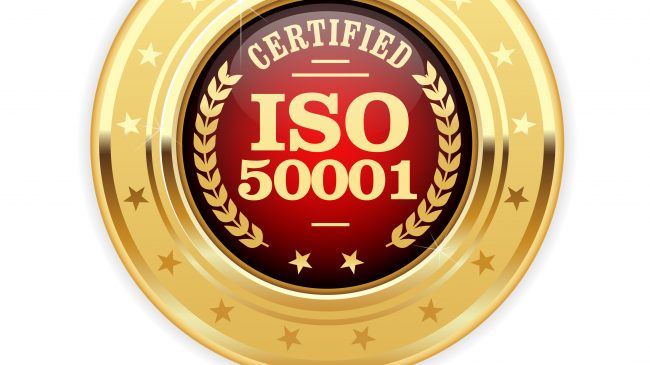Firms continuously seek to improve their energy efficiency in order to reduce their costs and thereby remain competitive. In addition, some firms may seek to improve energy efficiency to signal to consumers their commitment to environmental protection. Some larger firms have implemented energy management systems (EMSs) in order to achieve one or both of these objectives. Over the course of the past decade, EMSs have been developed by the International Organization for Standardization (ISO) and U.S. Department of Energy. The aims of these EMSs are (1) to provide incentives for innovation and (2) to provide information to ease decision-making among end-consumers.
Although these EMS programs are voluntary, the U.S. Department of Energy (DoE) has been involved in their development and diffusion. This brief considers the extent to which the standards are likely to achieve their aims and the role of DoE in advancing these standards.
Parts 1 and 2 describe the ISO 50001 EMS and the DoE’s involvement in its proliferation, which resulted in the creation of the Superior Energy Standard (SEP) standard.
Part 3 discusses the intended benefits of EMSs and whether DoE’s involvement is conducive to achieving those benefits.
Finally, this report offers recommendations for restructuring the programs sponsored by the DoE.
Full Brief: Voluntary Energy Standards: ISO 50001 and the Superior Energy Standard

